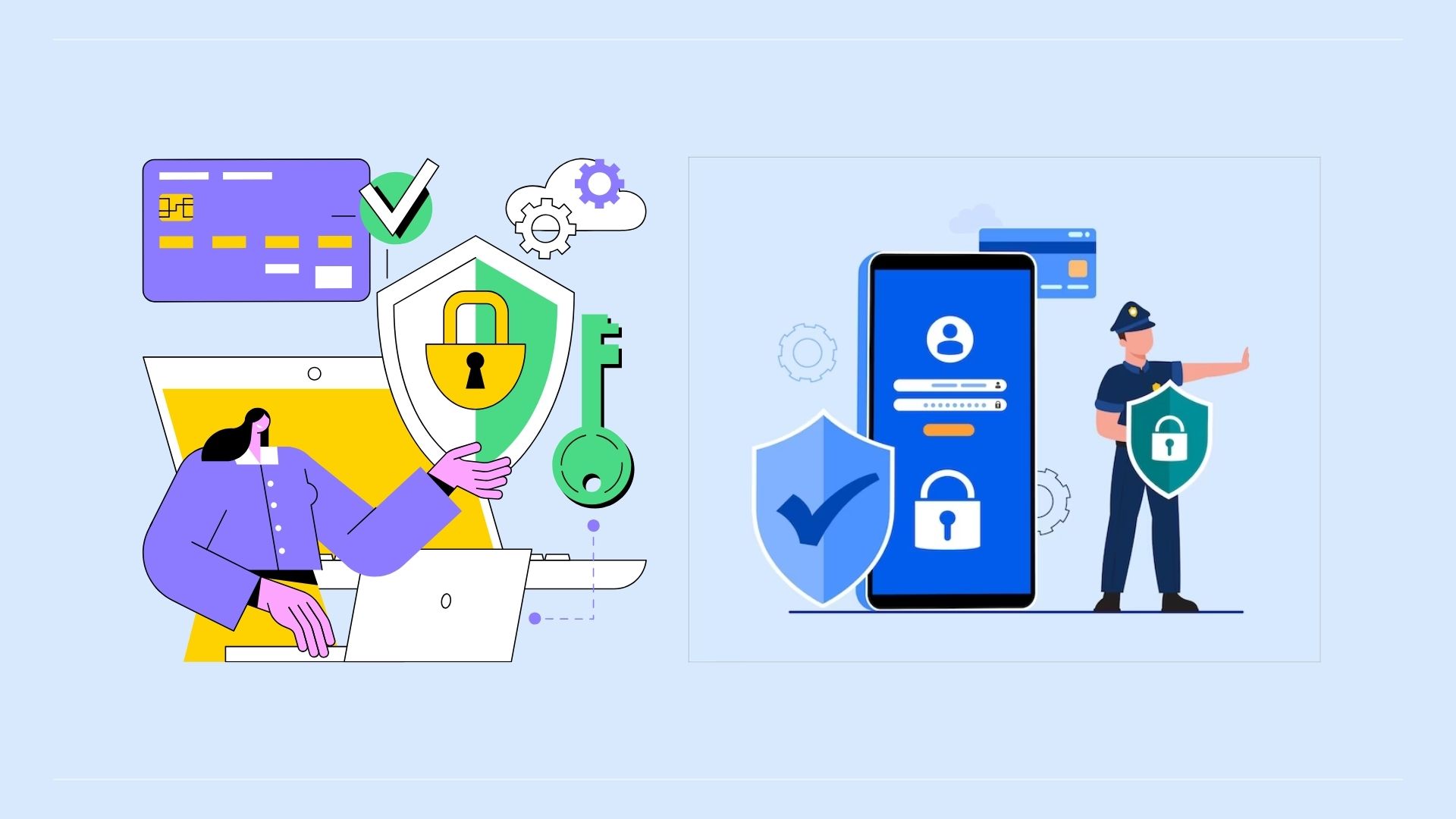5 Ways to Get People to Use Enterprise Social Software
Page Contents
Investment in enterprise social software appears to be picking up. Frost & Sullivan recently reported that subscriptions for such software grew nearly 30 percent from 2012 to 2013 and predicted the number of enterprise social subscriptions would hit 535 million by 2018.
But actual use of enterprise social software appears to be lagging investment. A Dachis Group study published in 2012 found that only 10 to 20 percent of eligible workers actively used their employer's social business software. Tom Petrocelli, research director, enterprise social, mobile and cloud applications, for Neuralytix, doesn't believe that number has budged much.
 Vendors, especially those that bundle social software with other enterprise applications, tout high adoption rates, Petrocelli said. Because Microsoft integrates Yammer into Office 365, for example, all subscribers to the online Office suite could be considered Yammer users. However, he added, the metric that matters is daily usage of enterprise social tools. Neuralytix research consistently puts that number at 12 to 15 percent.
Vendors, especially those that bundle social software with other enterprise applications, tout high adoption rates, Petrocelli said. Because Microsoft integrates Yammer into Office 365, for example, all subscribers to the online Office suite could be considered Yammer users. However, he added, the metric that matters is daily usage of enterprise social tools. Neuralytix research consistently puts that number at 12 to 15 percent.
Luckily, enterprises can boost adoption of social software by utilizing best practices such as identifying key business problems that enterprise social software can address. We asked some experts for advice:
Connect Enterprise Social to Business Objectives
Enterprises “need a more direct correlation between social and what executives think about at a functional level,” said Sameer Patel, SVP of Products and GTM, Collaboration and Networks, for SAP. “The roof is just not on fire” in terms of enterprise social's value proposition, he said, noting that, “As an executive, I am not waking up and thinking about how I can use a blog or a wiki more effectively.” Enterprises need to do a better job of linking enterprise social benefits to established KPIs such as lead response time or opportunity-to-win ratio.
SAP has attempted to address this idea in its Jam collaboration software with a feature called Work Patterns, pre-built collaborative processes geared toward specific business functions such as sales. Petrocelli is a fan of this feature, because it gives companies a head start with tools such as templates and incorporates social into specific processes such as onboarding new sales representatives.
Know Your Audience (and Their Problems)
It is important to consider key factors about your users, including age, corporate culture, business function and geography, wrote University of California-Berkeley School of Information students Michael Chung and Ayush Khanna in a research paper. Doing so helps identify collaboration pain points and logical use cases for enterprise social, they said.
“Understanding your target audience is about knowing what key problems keep them from accomplishing their work and finding measurable ways to address those problems with enterprise social software,” they wrote.
Knowing your audience also helps you better understand their levels of digital proficiency, said Kathryn Everest, communication and collaboration strategist for Jive. Companies often target their initiatives at a specific proficiency, often either beginners or those who already understand the concepts of social software.
“The reality is if you want to build adoption, you have to start where people are — and they are often at different starting places,” Everest said. “Ideally you want to think about how you will keep everyone involved and able to participate. How will someone with who has minimal digital proficiency interact? Is there enough familiarly that they won't be alienated? What about someone with a lot of experience? Will they be engaged and able to work in their work style? Make sure you plan for the range of capabilities and don't assume they will just figure it out.”
Start Small
Petrocelli said many organizations introduce enterprise social software to the entire company with a “build it and they will come” mentality. It makes more sense to roll it out in phases, he said, in part because it is easier to develop specific use cases for smaller groups.
Leandro Perez, director of Product Marketing at Tibco, provider of the tibbr collaboration software, said starting small also makes it simpler to offer more focused attention and support to users and to develop best practices that can be used to spur more organic growth. “These early use cases are like training wheels,” he said.
Don't Wait for Enterprise Social to Go Viral
Unlike cat videos on YouTube, enterprise social software likely won't go viral on its own, Perez said. Enterprise social initiatives require a strategic plan, complete with change management.
“This should be separate from and above purely technical considerations like AD integration,” he said. “Deploying enterprise social is not a technical project, and it's also not just social media with an inward-looking business twist. Building value and adoption around business use cases has very different collaboration dynamics than simply standing up a server or sharing vacation photos on Facebook.”
Bring Executives on Board
Organizations sometimes become so concerned about promoting bottom-up adoption of enterprise social software that they neglect to consider the needs of executives, said Patel. Execs at SAP use Jam because it “cuts through five to 10 layers of communication” and keeps them apprised about what people throughout an organization are talking about and how they feel, he said, noting that enhanced transparency is a great selling point for many executives.
Everest said the key to engaging execs is understanding their leadership and work styles and using techniques that are meaningful and authentic to them.
“The mistake is thinking ‘I need to get executives to blog.' You need to tap into their objectives and demonstrate how they can be achieved using their work style,” she said. “That could mean being more video or photo oriented, focusing on microblogging, helping them host an Ask Me Anything session or targeted blogging on the initiatives they care about. Leaders like everyone are individuals, and helping them connect using their work style keeps people engaged.“
Writing on LinkedIn, Sunder Ramachandran, head of Sales Training at Pfizer, advised going right to the top and asking the CEO to share updates, exchange ideas and comment on posts by employees. “Nothing accelerates adoption faster than that,” he wrote, adding, “The rule of ‘You get what you ask' applies here. Don’t assume that the leadership will start using the network on their own. Ask them to use it, and even better, tell them exactly how you want them to use it during the initial rollout phase.”
Chung and Khanna suggested using a blend of top-down and bottom-up influence. It's important to ensure that executive support is not interpreted as a mandate, they said, as that can backfire and create a feeling of resentment among employees.
More advice on enterprise social software, including tips on keeping employees interested and how to measure success, is coming in Part II of this article.
Ann All is the editor of Enterprise Apps Today and eSecurity Planet. She has covered business and technology for more than a decade, writing about everything from business intelligence to virtualization.

Public relations, digital marketing, journalism, copywriting. I have done it all so I am able to communicate any information in a professional manner. Recent work includes creating compelling digital content, and applying SEO strategies to increase website performance. I am a skilled copy editor who can manage budgets and people.



